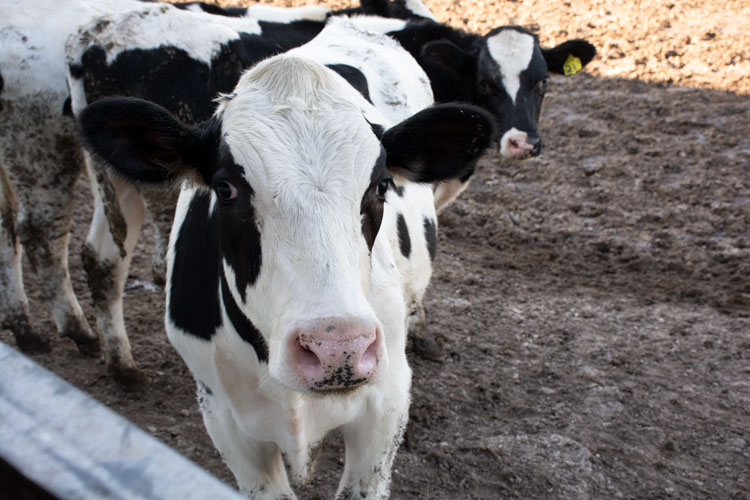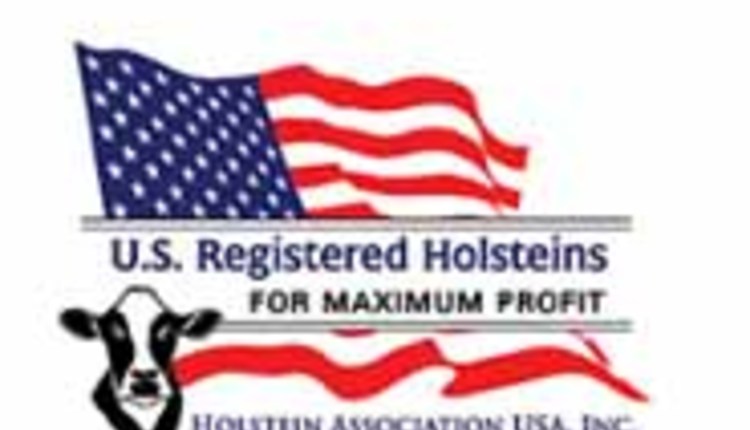
Holstein steers have become a solid contributor to the nation’s beef supply. According to Penn State’s Tara Felix, 5.5% of fed cattle slaughtered for beef in 2011 were Holsteins. By 2016, that number escalated to 20.4%.
With a growing number of dairy bull calves being raised for beef, Felix discussed what she considered to be “the good, the bad, and the ugly from a beef gal’s perspective” about Holstein steers during the I-29 Moo University Dairy Beef Short Course.
The pros
One positive aspect Felix highlighted was the Holstein breed’s calm temperament, which makes them easy to work with. In addition, once Holstein calves get through the preweaning and transition phases, she said they generally have fewer respiratory issues at the feedlot than native beef calves that come straight from a pasture setting.
She also complimented the uniformity of genetics. “What that uniformity does for us is provide an animal with very predictable growth,” she said. This is different from beef breed steers that come to the feedlot with a wide variation of crossbred genetics, she explained.
Furthermore, the genetic selection that has been used for milk production has inadvertently led to good marbling potential. “The Holstein, if fed well, will marble exceptionally well,” Felix said.
The cons
On the flip side, a challenge to raising Holstein steers is that they require more days on feed. Since we start feeding dairy steers at birth, compared to beef calves that remain with the dam for the first few months, they can be on feed for 400 days or more before they are market-ready.
Another reason we expect more days on feed is that a Holstein calf has a 15% to 20% greater energy requirement than a beef calf to maintain similar growth. “That’s a challenge because our bottom line in the feedlot is entirely based on those economics of feed efficiency,” Felix shared.
Dairy steers also eat and drink more, which equates to extra manure output and greater bedding needs. This impacts yardage costs, Felix noted.
She also pointed out that Holsteins are pattern eaters. Rather than grazing at the bunk continuously like native beef animals, they have more cyclic feed intake. In a feedlot setting with a high-energy diet, she said this can lead to more liver abscesses and a greater risk for acidosis.
While temperament was classified as a positive trait, Felix also considered it negative in terms of moving cattle around a feedlot in groups. “They have no flight zone because they have been handled their entire lives and bred for an easy temperament,” she noted.
As for the ugly side, Felix said this includes price swings that can be experienced when trying to market Holstein steers. In addition, she said there is an ongoing challenge to change the perception surrounding dairy steers.
“Historically, we have fed the Holstein steer as a by-product, and we treated them as a by-product instead of a high-quality protein for human consumption,” she said. This could include management practices that delay when an animal is ready for market, which can create a carcass that is too tall for most conventional packing plants. “The bottom line is providing something the packer wants to pay for,” she said.
Dairy steers play a valuable role in U.S. beef production. Felix said the goal is to get these cattle from Point A to Point B as efficiently as possible, and that starts at birth.
“We can’t forget that these animals can no longer be considered a by-product,” she said. “We must apply the same care and attention that we would apply to heifer calves.”







